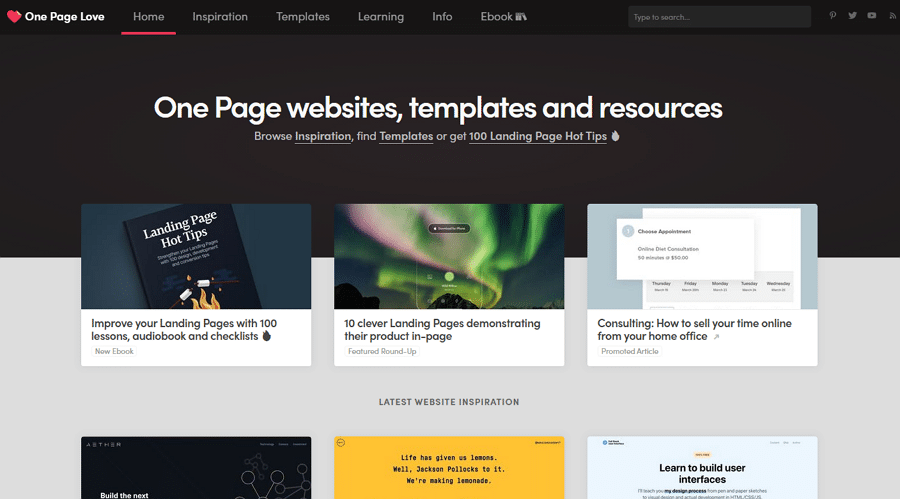How to Create an Online Coaching Website: A Step-by-Step Guide
The demand for online coaching and learning has increased in the current digital era. Experts and aspirant coaches from a range of disciplines are realizing the possibilities of online platforms for sharing their knowledge and abilities. You’re in the perfect place if you’re thinking of starting your own online coaching website. You will be guided step-by-step through the entire process, from inception to the launch of your coaching platform, via this in-depth guide. How do I create an online coaching website?
1. Define Your Coaching Niche and Target Audience
Choosing your specialization and target market is a key first step in building an online tutoring business. What area of expertise do you want to impart to others? Narrowing your specialization will enable you to customize your material and draw in the correct audience, whether your niche is in fitness, business, personal development, or any other industry.

Research and Analysis
Conduct extensive study to evaluate the demand, competition, and possible profitability before deciding on your specialty. To find relevant search phrases and trends that can inform your choice, use keyword research tools.
2. Choose a Catchy Domain Name and Hosting
Choose a memorable and pertinent name that matches your coaching niche because your domain name serves as your online persona. Once you’ve chosen a name for your website, register it and find a reputable host. As your coaching business expands, choose a hosting provider that offers solid performance, security measures, and scalability. For web design life coaching click this.
Domain and Hosting Considerations
Pick a domain name that is simple to say, spell, and remember.
Consider aspects like traffic volume and resource needs when selecting a hosting package that will meet your website’s needs.
3. Design Your Website
Your online coaching website’s design has a big impact on how many visitors you get and keep. A simple, intuitive, and aesthetically pleasing design will improve the user experience.
Website Design Tips
Make use of a responsive design that easily adjusts to various screen sizes and devices.
Include branding components from your company, such as your logo, color scheme, and font.
Provide logical content organization and easy access to the various sections.
4. Develop Compelling Content
The center of your coaching website is your content. Produce compelling, educational, and high-quality material that appeals to your target market. Think about incorporating a variety of content kinds, such as podcasts, videos, blog entries, and downloadable tools.
Content Creation Guidelines
Address the problems that your audience is experiencing and offer workable answers.
Keep up a regular blogging schedule to keep your audience interested.
To accommodate varying learning preferences, use a variety of formats.
5. Implement E-Commerce Functionality
You must put up e-commerce capability on your website if you intend to provide paid coaching sessions, courses, or digital goods. Select a trustworthy e-commerce platform, then incorporate secure payment processors.
Monetization Strategies
Offer private coaching sessions or programs for group coaching.
Make and sell downloaded materials, e-books, or online courses.
Offer exclusive material with a subscription-based access model.
6. Optimize for Search Engines (SEO)
Increasing your website’s exposure in search engine results requires search engine optimization (SEO). Your website’s content and architecture can be optimized to draw organic visitors and expand your coaching practice. https://www.dynamicwebdesign.com.au/our-services/web-developer-melbourne/
SEO Best Practices
Perform keyword research, then thoughtfully include pertinent keywords to your text.
Improve the header tags, meta descriptions, and titles on your website.
Create authoritative backlinks to raise the authority of your website.
7. Engage with Your Audience
For your online tutoring website to be successful, developing a solid relationship with your audience is crucial. Participate in live webinars, social media, email newsletters, and comments from your visitors.

Interaction Strategies
To promote a sense of community, reply to comments and messages right away.
To respond to the queries and worries of your audience, host live Q&A sessions or webinars.
Encourage the usage of user-generated content, such as success stories and testimonials.
8. Launch and Promote Your Website
When everything is ready, you may publish your online coaching website and start spreading the word. Use a variety of marketing avenues to publicize your website and draw in your target market.
Launch and Promotion Tips
Share a message about the opening of your website with your email list subscribers and on social media.
Work together for cross-promotion with influencers or partners in your niche.
To reach a larger audience, think about making an investment in online advertising.

9. Continuous Improvement and Growth
An ongoing process goes into building an online coaching website. Take feedback from your audience on a regular basis, examine website stats, and adjust your methods to meet changing needs.
Analytics and Feedback
To monitor website traffic, user behavior, and conversion rates, utilize tools like Google Analytics.
Utilize polls, comments, and direct dialogue with your audience to gather feedback.
Update and improve your content frequently based on audience preferences and performance information.
Conclusion
It takes careful planning, perseverance, and a desire to giving your audience value to build an online coaching website. You may create a prosperous online coaching business and significantly improve the lives of your clients and followers by adhering to these procedures and continually providing top-notch products and services. Keep in mind that the secret to sustained success is to continue to be original, adaptive, and attentive to the shifting demands of your audience and the environment of online coaching.






